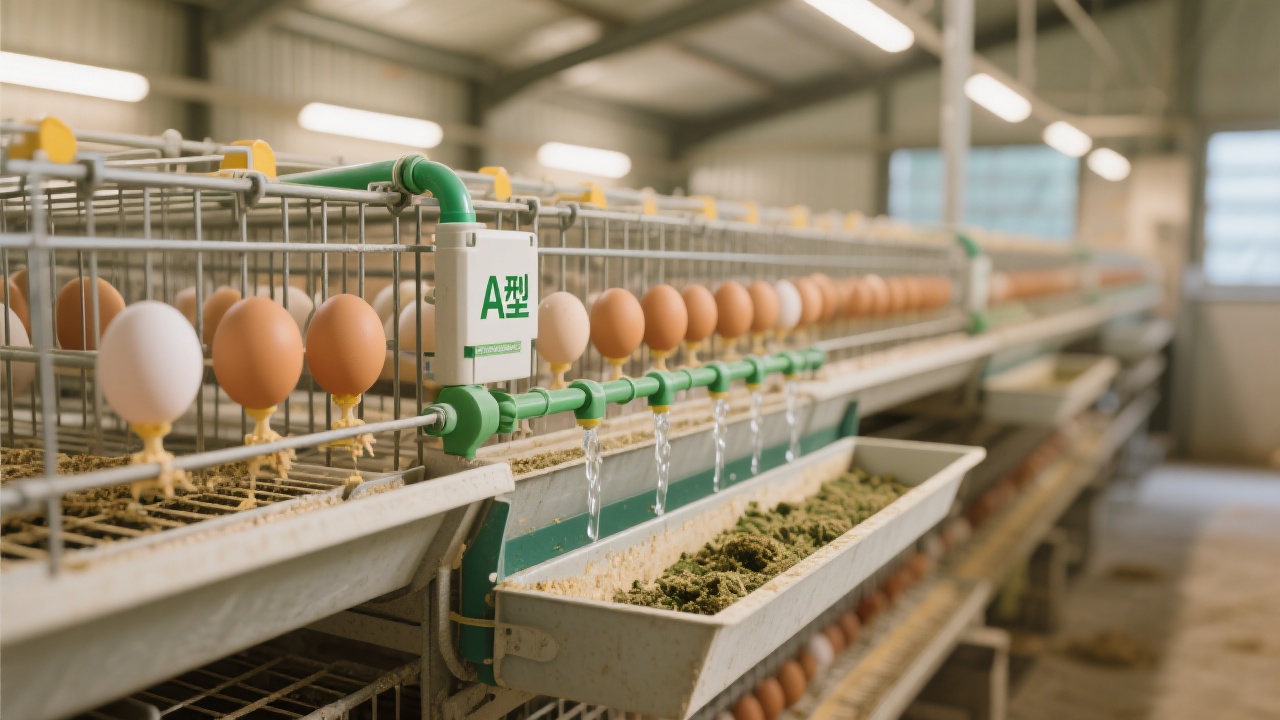
As large-scale egg production intensifies, finding sustainable ways to improve energy efficiency and environmental compliance has become paramount. Efficient manure removal systems play a critical role in supporting this transition by reducing operational costs, minimizing ammonia emissions, and enabling resource recovery. This article examines the practical integration of scraper and screw conveyor manure removal technologies within H-shaped tiered layer cages, emphasizing their complementary advantages and compliance with ISO14001 environmental standards.
The two predominant automated manure removal technologies in modern layer houses are the scraper system and the screw conveyor system. Each offers unique benefits when combined strategically:
| Technology | Working Principle | Key Advantages |
|---|---|---|
| Scraper System | Automated blades scrape manure off the flooring surface at scheduled intervals. | Full-floor coverage, minimal residual waste, low energy consumption. |
| Screw Conveyor System | Mechanical spiral mechanism transports manure through closed channels to collection points. | Sealed manure transport limits odors and emissions, supports continuous removal. |
When integrated with H-shaped multi-tier layer cages, these technologies create a highly effective manure removal process. The scraper handles surface-level waste clearance, while the screw conveyor securely channels the manure for downstream processing, ensuring no dead zones remain.
At a 10,000-layer commercial farm implementing a combined scraper and screw conveyor system, ammonia concentrations dropped from an average of 25 ppm to below 10 ppm within three months of operation, aligning with recommended occupational safety limits. The farm also reported a 15% reduction in electricity usage attributed to optimized cleaning cycles and energy-efficient drives.
“Since installing the integrated system, our ventilation related energy expenditure declined noticeably, and air quality improvements have translated into healthier bird performance,” shares the farm manager.
Sustainable poultry farming must comply with environmental management standards such as ISO14001. Our manure removal systems dovetail with these protocols by:
Moreover, latest regulations in many regions encourage manure treatment and conversion into organic fertilizers, providing economic incentives and reducing environmental liabilities.
Post-collection, manure undergoes several transformation options compatible with the system outputs:
“The system’s manure output consistency makes it ideal for producing standardized organic fertilizer products,” explains an industry expert.
Conventional manual or semi-automated manure removal often suffers from inefficiency, incomplete cleaning, odor issues, and labor intensity. In contrast, adopting the automated scraper and screw conveyor system:
This logical progression from problem identification to technologically informed solution aligns with evolving industry standards and customer expectations.
Do you face challenges with manure management on your egg farm? What solutions have you tried, and how effective were they? Share your insights and questions below — let’s advance sustainable poultry farming together.


